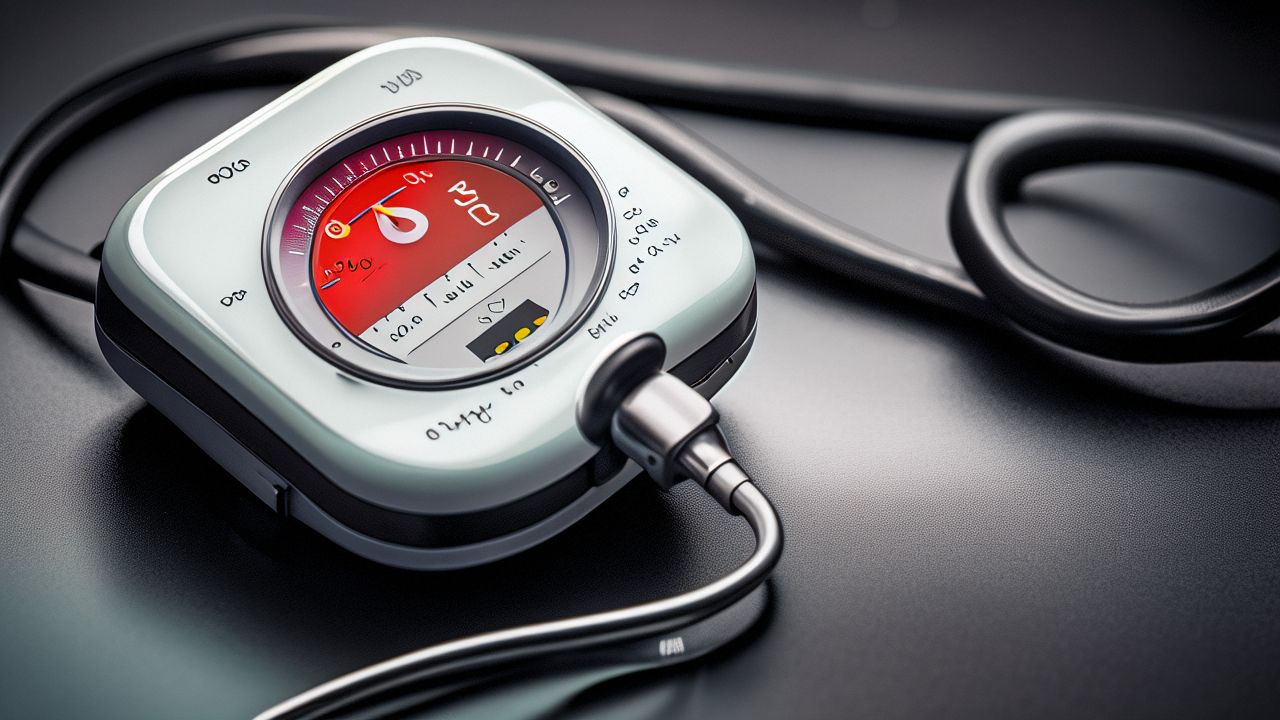Introduction to Biguanide Antidiabetic Drugs
Mechanism of Action of Introduction to Biguanide Antidiabetic Drugs
The detailed mechanism of action of biguanide drugs is still not fully understood, but possible mechanisms include:
- Inhibition of appetite and absorption of glucose in the intestines. They can also inhibit the absorption of amino acids, fats, cholesterol, bile salts, sodium, and water in the intestinal wall, making them useful for weight loss. However, this effect is not present when administered intravenously.
- Increased utilization of glucose by peripheral tissues and promotion of anaerobic glycolysis in cells, but it may lead to excessive lactate production.
- No stimulation of insulin secretion, but they can enhance the binding of insulin to its receptors, especially improving post-receptor effects, thereby promoting glucose utilization.
- Lipid-lowering effect, which can reduce cholesterol and triglycerides, beneficial for the prevention and treatment of atherosclerosis.
Types of Biguanide Antidiabetic Drugs
Currently, there are two types of biguanide drugs that have been developed and used: (1) Metformin. (2) Phenformin.

Glycemic Lowering Effect of Biguanide Antidiabetic Drugs
Moderate intensity. Similar to sulfonylurea drugs, the glycemic lowering effect of each tablet of biguanide drugs is comparable. However, when calculated per milligram of the drug, there is a difference in the glycemic lowering effect, with phenformin being stronger than metformin. Based on the aforementioned mechanism of action, biguanide drugs themselves do not cause hypoglycemia, but when used in combination with sulfonylurea drugs or insulin, they can cause hypoglycemia.
Indications and Contraindications
- Indications: First-line treatment for type 2 obese patients with inadequate response to diet and exercise; when monotherapy with sulfonylurea drugs is ineffective or leads to primary or secondary failure, switching to or combining with biguanide drugs is recommended; for type 1 patients with large fluctuations in blood glucose or high insulin requirements, or suspected insulin resistance, adding biguanide drugs may be considered.
- Contraindications: Acute complications such as diabetic ketoacidosis, impaired liver or kidney function, pregnancy, and childbirth; severe stress conditions such as surgery, trauma, infection, etc., should be treated with insulin instead.
Biguanide antidiabetic drugs, primarily represented by Metformin, are a cornerstone in the treatment of type 2 diabetes. The market for these drugs is robust and continues to grow due to the rising prevalence of diabetes worldwide, particularly type 2 diabetes. Metformin, as the most commonly prescribed medication in this class, enjoys a significant market share and is considered a first-line therapy due to its efficacy in reducing blood glucose levels without causing hypoglycemia or weight gain.
The market is characterized by several key players, including major pharmaceutical companies that produce generic versions of Metformin, which has led to a competitive pricing environment. This competition has made these drugs more accessible and affordable, particularly in developing countries where the burden of diabetes is high.
Additionally, there is ongoing research and development to explore new formulations and combinations with other antidiabetic drugs to enhance efficacy and patient compliance. The market is also influenced by regulatory policies that aim to control drug prices and ensure the availability of safe and effective medications.
Overall, the market for biguanide antidiabetic drugs remains strong and is expected to grow as the global diabetes epidemic continues to expand.
Biguanide antidiabetic drugs, with Metformin as their primary representative, are predominantly supplied by a mix of large multinational pharmaceutical companies and numerous generic drug manufacturers. The market is highly competitive, with several key players dominating the supply chain.
One of the leading suppliers is GlaxoSmithKline (GSK), which markets Metformin under the brand name Glucophage. GSK has a long-standing presence in the diabetes treatment market and is known for its robust research and development capabilities.
Another major supplier is Sanofi, which offers Metformin under various brand names and is also involved in the production of combination therapies for diabetes management. Sanofi’s extensive portfolio and global reach make it a significant player in the market.
In addition to these multinational corporations, the market is flooded with generic versions of Metformin produced by numerous generic drug manufacturers such as Teva Pharmaceutical Industries, Mylan, and Sandoz (a division of Novartis). These companies have capitalized on the patent expiration of Metformin, leading to a surge in the availability of low-cost generic alternatives.
The generic drug segment is particularly competitive, with manufacturers constantly striving to offer the best prices and quality to capture market share. This competition has been beneficial for consumers, as it has driven down the cost of treatment and increased accessibility to these medications.
Furthermore, the market is witnessing the entry of new suppliers from emerging economies, particularly in Asia, where the production costs are lower. This trend is expected to intensify competition and further influence pricing dynamics in the global market for biguanide antidiabetic drugs.




